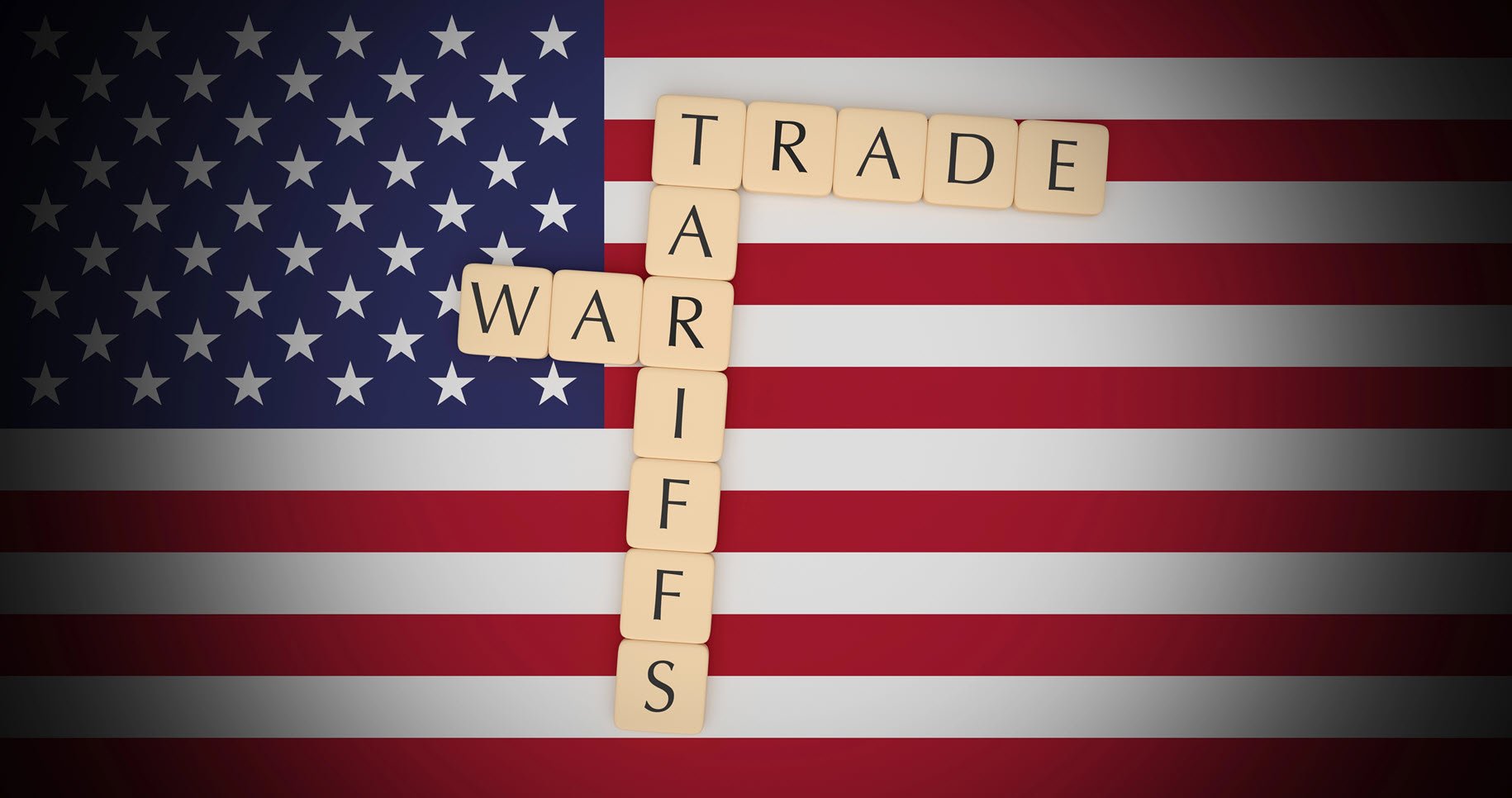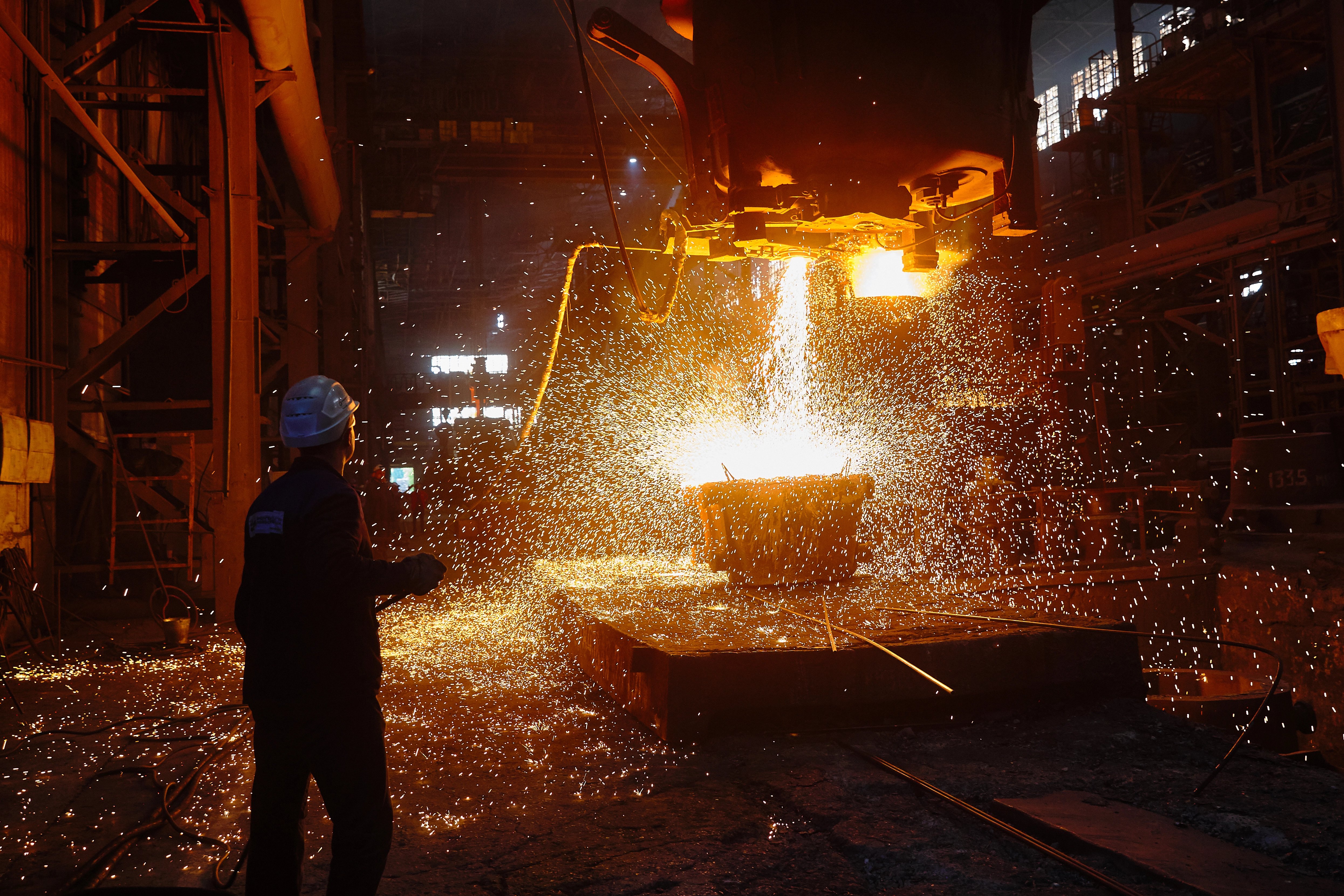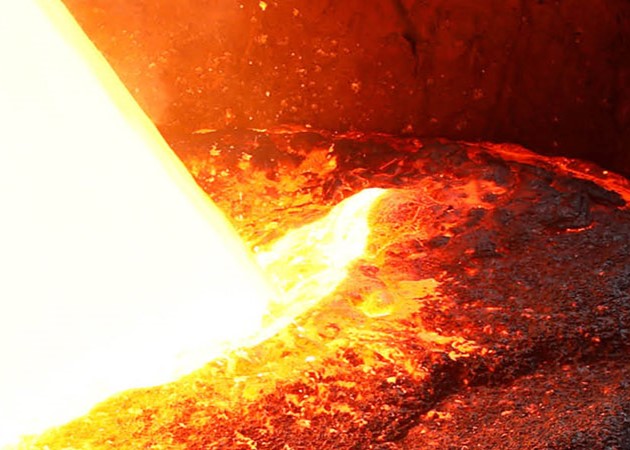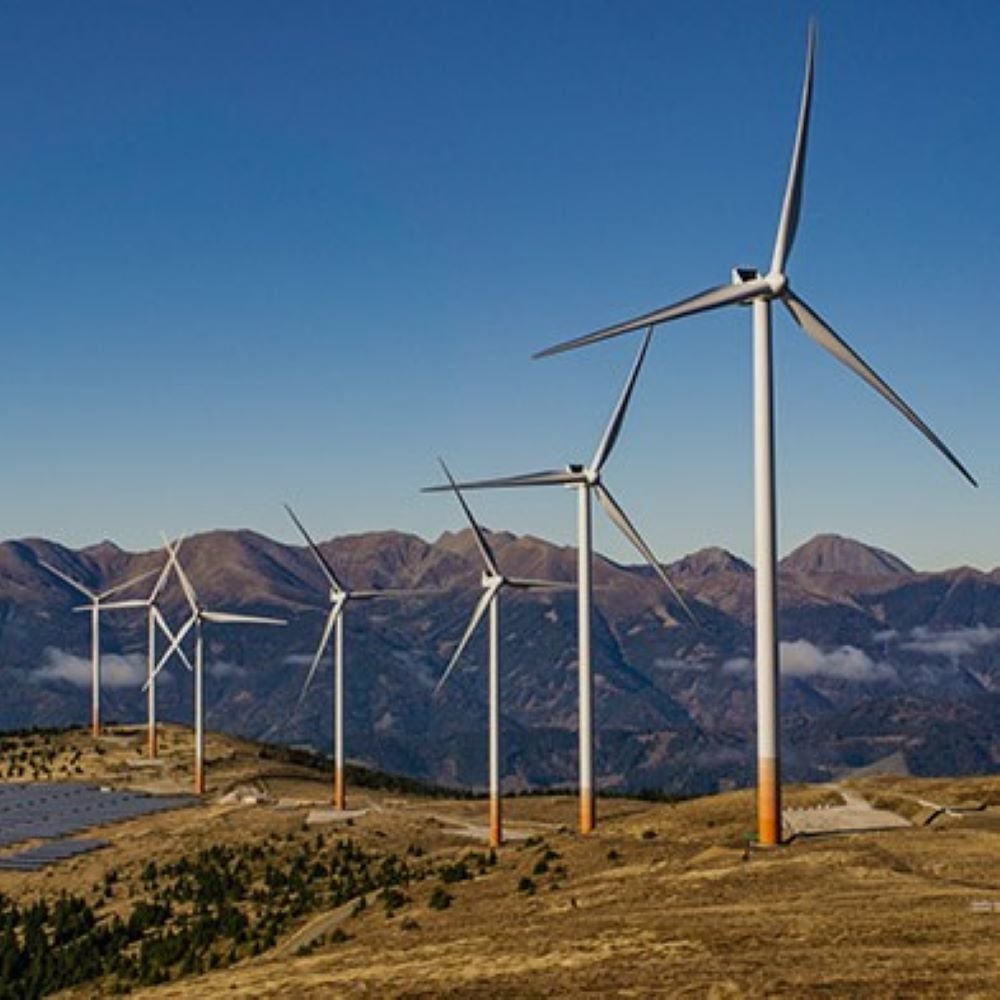Initial optimism has given way to price volatility and stagnation in the first half of 2023 as a struggling China, uncertain economic recovery in the West and slow materialisation of ‘green energy transition’ demand leave many commodity prices with weak support.
Commodity prices fall from unsustainable highs of 2021/22
Price declines are expected across the spectrum of commodities covered by CRU in 2023 as markets rebalance following severe supply/demand imbalances in 2021 and 2022 and the global economy continues to slow in the face of persistent macroeconomic headwinds.
The CRU commodity price basket is forecast to fall 22.0%, led by 45.6% and 23.8% declines for the fertiliser and raw materials price baskets. Demand destruction and the rapid decline in gas prices has seen multiple fertiliser benchmark prices fall from record highs while declining demand for steel and thermal coal in Europe has hit raw materials prices hard.
2023 started with renewed optimism from commodity producers of a price rise, from consistent falls in late 2022, due to the rapid re-opening of China. This price recovery has failed to materialise, with three principal factors restricting price rises in 2023.
Chinese economic reopening disappoints markets
Prices in many commodity markets have been defined by China’s economic trajectory in 2023 H1. Hopes of a strong Chinese economic recovery were high in 2023 Q1, following the sudden ending of zero-Covid policy measures in December 2022. This hope was, however, short lived with many key areas of the economy falling well short of market expectations leading to sluggish growth by 2023 Q2.
While economic activity remains low it is worth noting that Chinese GDP grew 6.3% y/y in 2023 Q2 and 4.5% y/y in 2023 Q1. The issue for commodity producers is the uneven nature of this economic recovery.
Persistent poor performance of China’s property sector continues as new housing starts and house sales posted 26.5% y/y and 23.8% declines respectively in July 2023. The sole positives were housing completions, rising by 32.7% y/y in July, and a stimulus driven growth in infrastructure construction. CRU believes this economic data is indicative of a fundamental change to China’s property. CRU does not forecast the improvement in housing demand required to right developer’s balance sheets and revive construction activity in a meaningful way in the medium term.
CRU believes the economic outlook in China remains weak for 2023 H2 due primarily to the lack of household-focused fiscal support. While the west tackles record inflation Chinese consumer price inflation (CPI) slipped into deflationary territory in July, a sign of weak consumer demand and risk aversion further evidenced by growing household savings. Several supportive policy measures have been announced. However, their effectiveness will be limited in 2023 H2 and 2024 by limited private sector confidence.
Inflation cools in the West but continues to influence prices
Global economic conditions from the fallout of the Covid-19 pandemic have proved a headache for central bankers and continue to influence commodity prices in 2023. The release of pent-up, post-Covid demand in late 2021 combined with snarled supply chains added significant inflationary pressure to prices for most goods and services. This upward pressure was then supercharged by Russia’s invasion of Ukraine which greatly disrupted exports of energy, crops, raw materials and other commodities from the CIS region.
Central banks in countries hit by rising inflation have almost all rapidly tightened monetary policy, with the US Federal Reserve (Fed) and European Central Bank (ECB) hiking interest rates from almost 0% during the pandemic to 5.25/5.5% and 4.25% respectively.
Rising interest rates appear to be tackling inflation, which markets believe has peaked in major western economies. This success does, however, come at the cost of economic activity, especially in commodity markets. Many commodity producers benefit from low interest rate ‘cheap’ debt for often capital-intensive projects. Meanwhile, weak consumer spending power and confidence in this inflationary environment often weakens reduces activity in commodity intensive durable goods and housing sectors, reducing demand for many metals and raw materials. This weak demand is a key factor dragging on prices across multiple markets.
CRU believes the US Fed made its last rate hike of this cycle in July. However, high interest rates will not be disappearing any time soon. The outlook for inflation rates and interest rate hikes also faces significant risks such as a wage/price inflation spiral or another severe energy crunch in Europe this winter.
Green energy demand slow to push prices higher
The extent of metal demand from the green energy transition (GET) is much hypothesised but remains a significant upside risk to prices across major metal markets. Prices for metals such as copper, lithium, cobalt and aluminium are forecast to rise in the short to medium term off demand increases from electric vehicles (EVs), stationary grid storage, electrification infrastructure and renewable energy sources.
EV sales have proven remarkably resilient in the face of macroeconomic headwinds while increased focus on energy security, following Russia’s invasion of Ukraine, has increased focus on renewable energy sources. Despite this, prices for metals critical to these sectors have failed to take off. Demand from the GET has, so far, failed to tighten markets to the point of supporting higher prices.
CRU believes the muted upwards movement of prices for metals critical to GET applications is three-fold.
For metals such as copper, nickel and aluminium demand specifically from GET applications is not the largest end-use demand sector. Macroeconomic headwinds such as high inflation, associated tightening monetary policy, and economic uncertainty in China have reduced year-on-year demand growth for commodity intensive durable goods. This weak demand has depressed prices for these cross-sector metals.
Other metals, particularly lithium and nickel, appear to have ramped up supply too rapidly in anticipation of GET demand that has taken longer to rise. Ramped up cathode production in China and Indonesia is set to push the Class-I nickel market into surplus in 2023 while congested supply chains have caused a rapid decline in Chinese lithium carbonate spot prices from a YTD high of RMB570,000/t to a low of RMB165,000/t.
Finally, many metals face the longer-term threat of thrifting and substitution. Rapidly developing battery technologies have seen the rise of lithium iron phosphate (LFP) and nickel rich NMC 811 battery types. CRU expects this push towards high performance and lower cost battery types will reduce lithium required per kWh by nearly 15% by the end of the decade compared to 2022, softening expected demand for lithium. Meanwhile, production of aluminium wire and cable is forecast to accelerate as markets continue to price in high future copper prices due to poor mine supply pipelines.
For a variety of reasons many metal markets seem more concerned with short term economic issues. As a result, prices for many metals that have positive demand outlooks regarding the GET have performed poorly in 2023 H1.
Prices expected to stabilise at inflated levels
CRU expects the worst of commodity price declines will be in the past following 2023. Commodity prices are expected to plateau from 2024 on slowly improving demand.
The year-on-year price changes do not, however, show the impact of inflation on commodity prices in dollar terms. CRU expects prices to settle from 2024 at a higher level than seen pre-pandemic. The CRU commodity price basket is expected to be 37.1% higher in 2026 when compared to 2019, driven by price increases of over 30% in all commodity areas.
The stickiness of high prices is due to structural changes to production costs. Inflation has increased prices for many integral parts of the commodity supply chain and production process. Cost of energy, raw materials, shipping and wages all remain higher than pre-pandemic. As a result, prices are expected to remain stable at these high levels with many markets returning to historical margins above inflated production costs.
















